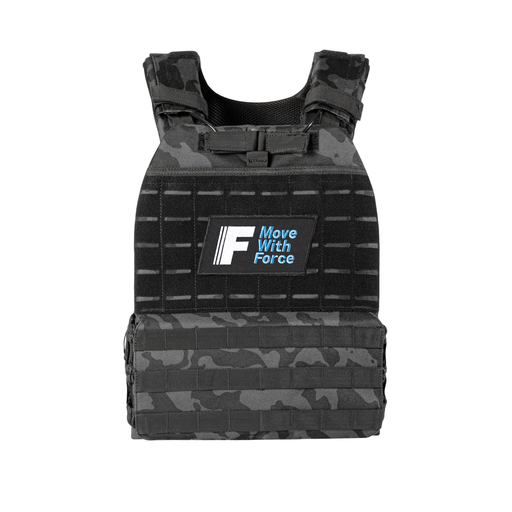
The science of rucking: why walking with external load is great for fitness
Resistance training has always been a key part of fitness. But most people do it by lifting weights – whether that’s barbells, dumbbells, or using gym machines.
Rucking involves heading out for a fast walk with extra weight added onto your body via a weighted ruckpack or a rucking plate carrier. It’s a great way to get fit, work on endurance, and even build strength – without needing to go to the gym and lift weights. But what does science say about rucking and the benefits of adding external load in this way?
Understanding rucking
Rucking is an established way of training endurance, fitness, and strength. It’s rooted in military training, and has become popular with non-military people as a fun and effective way to get fitter. The idea is simple: load up a backpack with weights and go for a walk. But what makes rucking so effective - according to science?
The science of walking with external load
Muscular adaptation - rucking put additional weight on your muscles and joints, particularly those in your back, shoulders, core, and legs. This extra resistance prompts your muscles to adapt and grow stronger in order to cope with the extra weight. Research has shown that carrying external loads increases muscle activation, leading to hypertrophy (muscle growth). It’s the same idea as farmers walks or weighted carries – just with the weight actually attached to your body rather than held in your hands.
Low-impact – science tells us that any kind of resistance training can result in the benefits we’re talking about here. The reason rucking is so great is that it’s low-impact and hands-free. It doesn’t demand much recovery, and you can do it every day if you want.
Cardio benefits - walking with extra weight elevates your heart rate and oxygen consumption, improving your cardio fitness and endurance. Rucking is a low-impact exercise that can complement running or HIIT, or replace other cardio entirely.
Calorie burn - carrying extra weight during rucking increases the amount of calories you’ll burn, because your body has to work harder to move the weight. Research shows that rucking burns more calories than regular walking at the same pace, and is comparable to calories burned through running (but without the impact).
Bone health - weight-bearing activities have a positive impact on bone density, and this is really important for us all as we get older (and it’s particularly important for women). Walking with added load can help reduce the risk of osteoporosis and osteopenia, especially in older adults.
How does the body adapt to carrying weight in rucking
If you make rucking part of your fitness lifestyle, you’ll notice your body adapting in several positive ways. Your muscles will get stronger as they work to be more efficient at carrying the extra load. Your posture will likely improve, especially if you use a weighted ruckpack or plate carrier that’s specifically designed for rucking. This happens thanks to the stimulus of the core, back and hip muscles.
Your cardiovascular system will become more efficient at getting blood and oxygen to your working muscles, which will boost your baseline fitness and endurance. And you’ll improve your metabolic efficiency, as your body gets better at using energy over long, steady paced rucks.
Is rucking good for you?
Science definitely shows that adding external loads to fitness activities has a range of physical benefits. And rucking is one of the easiest ways to do it. It’s hands-free, comfortable, and low impact so you can do it regularly.
Check out the Force Fitness online store for our range of purpose-made rucking backpacks (ruckpacks) and rucking plate carriers. Start adding external load to your walks and hikes and discover all the benefits of rucking for yourself.

















